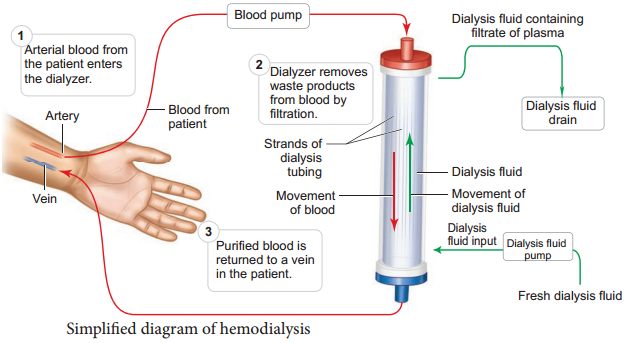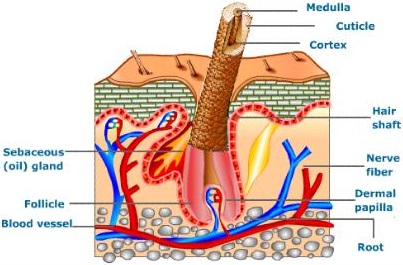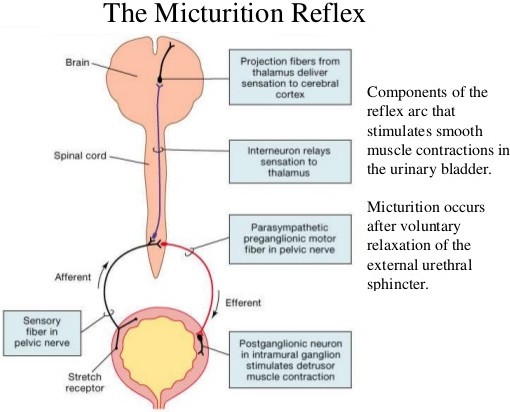Learninsta presents the core concepts of Biology with high-quality research papers and topical review articles.
Types of Movement in Human Body
The different types of movements that occur in the cells of our body are amoeboid, ciliary, flagellar and muscular movement. Amoeboid movement – Cells such as macrophages exhibit amoeboid movement for engulfing pathogens by pseudopodia formed by the streaming movement of the cytoplasm.
Ciliary Movement:
This type of movement occurs in the respiratory passages and genital tracts which are lined by ciliated epithelial cells.
Flagellar Movement:
This type of movement occurs in the cells which are having flagella or whip-like motile organelle. The sperm cells show flagellar movement.
Muscular Movement:
The movement of hands, legs, jaws, tongue are caused by the contraction and relaxation of the muscle which is termed as the muscular movement.
The different types of movement that are permitted at each joint are described below.
- Flexion – bending a joint.
- Extension – straightening a joint.
- Abduction – movement away from the midline of the body.
- Adduction – movement towards the midline of the body.
- Circumduction – this is where the limb moves in a circle.
In the world of mechanics, there are four basic types of motion. These four are rotary, oscillating, linear and reciprocating.
Flexibility is extending and contracting the muscle tissues, joints, and ligaments into a greater range of motion accepted by the nervous system.
Mobility is neuromuscular active control of the range of motion within the muscle tissue, joints, and ligaments.
- Strength
- Power
- Endurance
- Stability
Body movement involves a complex cascade transforming neural signals to depolarization of myofibres, binding of individual myosin and actin filaments in the sarcomeres leading to myofibre contraction, and myofibre cross-linking transmitting force throughout muscle groups and into the skeletal system via their tendinous.
Muscles move body parts by contracting and then relaxing. Muscles can pull bones, but they can’t push them back to the original position. So they work in pairs of flexors and extensors. The flexor contracts to bend a limb at a joint.


